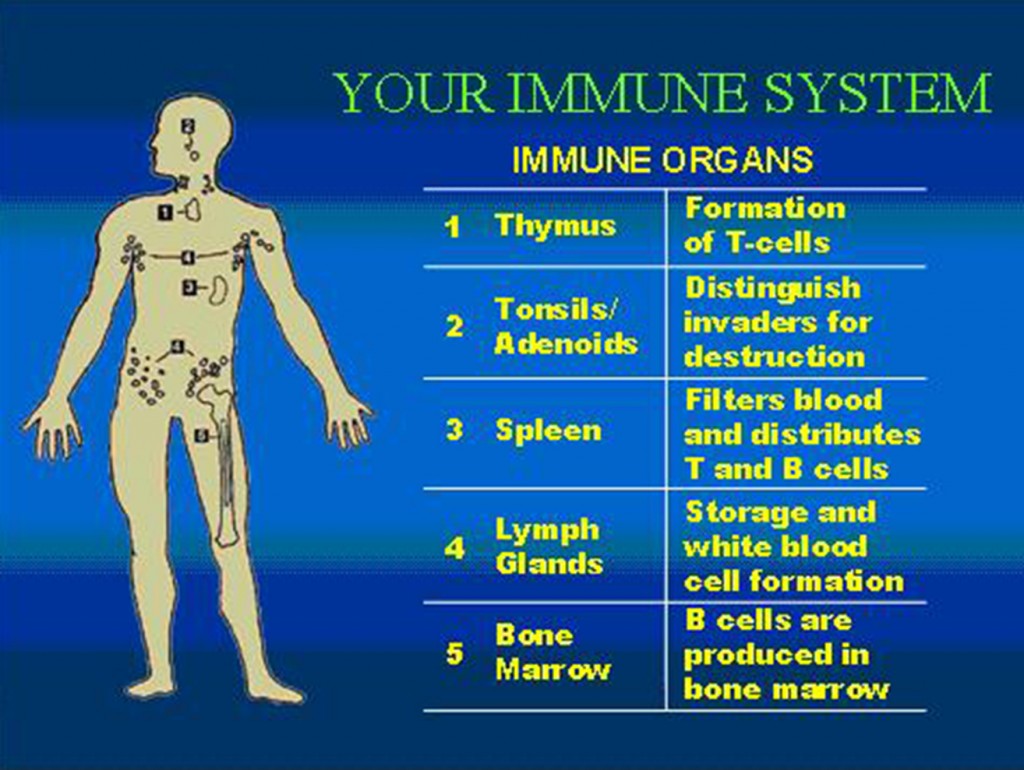WHAT IS THE CHEMISTRY OF IMMUNE SYSTEM?
Immune System Chemistry Basics
The immune system has two main functions; to recognize invading pathogens and then to trigger pathways that will destroy them. The humoral immune system relies on B lymphocytes to produce soluble antibodies that will bind the foreign antigens.
The cellular immune system uses killer T lymphocytes that recognize and destroy invading cells directly.
The primary immune response occurs on initial contact with a foreign antigen and results in production of immunoglobulin M (IgM) and then immunoglobulin G (IgG). If the same antigen is encountered again, immunological memory leads to a secondary immune response that produces a much more rapid and larger increase in specific IgG production.
A large number of antibody-producing cells exist in an animal even before it encounters a foreign antigen, each cell producing only one specific antibody and displaying this on its cell surface. An antigen binds to cells that display antibodies with appropriate binding sites and causes proliferation of those cells to form clones of cells secreting the same antibody in high concentration.
Cells that produce antibody that reacts with normal body components are killed early in fetal life so that the adult animal normally is unable tomake antibodies against self, a condition called self tolerance.
Antibodies bound to an invading microorganism activate the complement system via the classical pathway. This consists of a cascade of proteolytic reactions leading to the formation of membrane attack complexes on the plasma membrane of the microorganism that cause its lysis.
Polysaccharides on the surface of infecting microorganisms can also activate complement directly in the absence of antibody via the alternative pathway.

Thanks for this informative post. People eat different types of food which has dangarous chamicals
ReplyDeletewhich is bad for health. This digestive enzymes helps you to digest all foods.